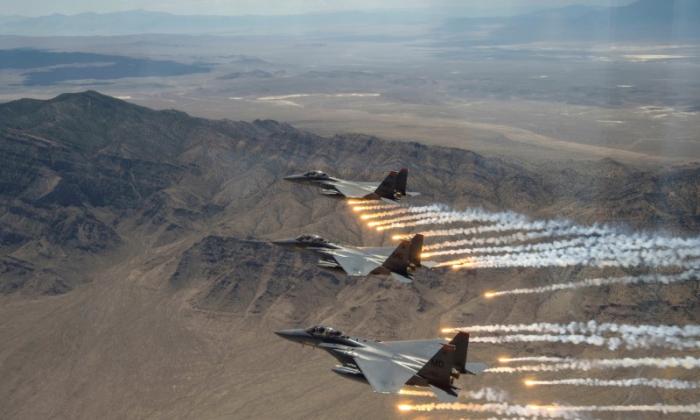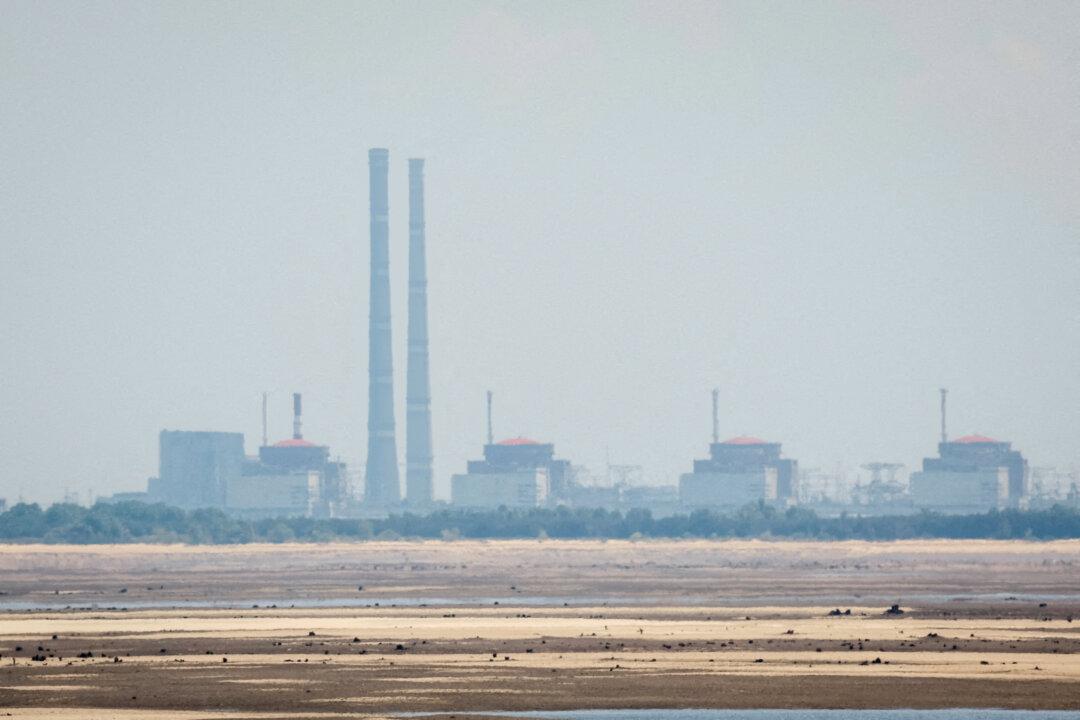WASHINGTON–The U.S. Air Force is predicting it will need to grow sharply over the next decade or so, boosting the number of operational squadrons by nearly a quarter to stay ahead of increasingly muscular militaries in China and Russia, officials said.
Air Force Secretary Heather Wilson told reporters that the preliminary analysis drew partly from classified intelligence about possible threats in the 2025 to 2030 time frame, showing that the service, at its current size, would be unable to preserve America’s edge.
“The Air Force is too small for what the nation is asking us to do,” Wilson said.
Such growth could conceivably cost billions of dollars, given the need to hire more personnel and buy substantially more aircraft, from refueling tankers and fighter jets to bombers.
Wilson estimated the Air Force would need about more 40,000 personnel as part of the plan to have a total of 386 operational squadrons, up 24 percent from the 312 today. The increase would bring the Air Force to about 717,000 personnel, including the Guard and Reserve.
The U.S. Air Force had 401 squadrons in 1987, at the peak of the Cold War between the United States and the Soviet Union.
Growing Risk
Trump last month signed a massive, $716 billion defense policy bill meant to help address shortcomings in the U.S. military, which is trying to shift its focus to challenges posed by countries like China and Russia after nearly 17 years fighting militants in places like Afghanistan.But she pointed to events already making global headlines, like how Russia staged its largest military exercise this month since the fall of the Soviet Union, mobilizing 300,000 troops.
Pentagon officials believe the bigger challenge, however, will be staying ahead of China’s rapidly expanding military capabilities.
“The threat is growing,” Wilson said. “We have to be clear-eyed about the world in which we live.”






Friends Read Free